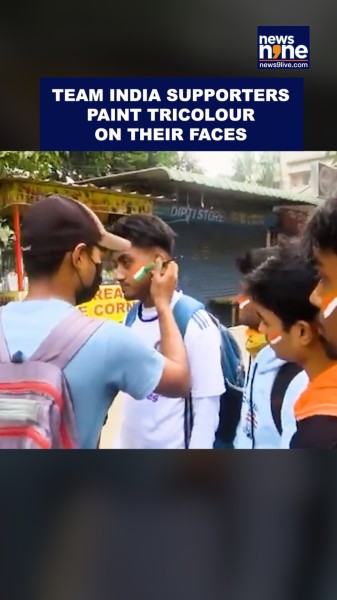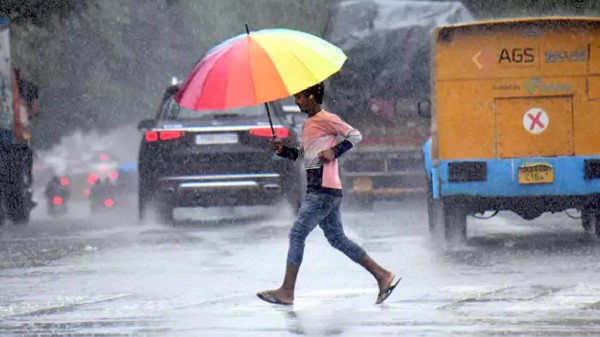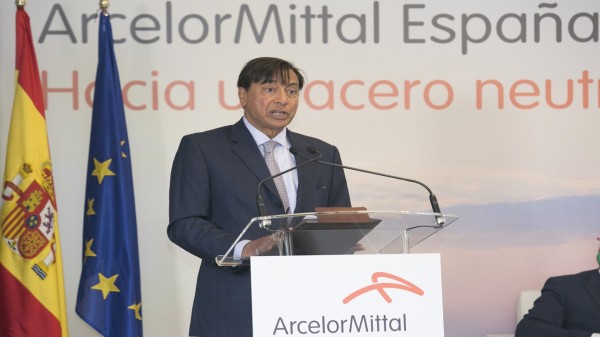

By signing in or creating an account, you agree with Associated Broadcasting Company's Terms & Conditions and Privacy Policy.


By signing in or creating an account, you agree with Associated Broadcasting Company's Terms & Conditions and Privacy Policy.

New Delhi: Diwali, the festival of lights, is celebrated by all Hindus across India and around the world. But different regions and states have multiple legends and rituals to celebrate the festivity. Whereas every corner of the country sparkles with lights and diyas, Goa completely looks different. In many parts of India, people revere Goddess Lakshmi, but in this coastal state, Goans make a massive effigy of demon Narakasur to celebrate Narakasur Chaturdashi, marking a very unique beginning of Diwali.
On Narakasur Chaturdashi or Choti Diwali, enthusiastic people burn firecrackers and take the effigy of the demon king for vibrant street parades. This tradition, particularly popular in Goa, commemorates the triumph of Lord Krishna over Narakasur, embodying the victory of good over evil and light over darkness. Let’s explore more about this celebration.

The legend mentions Narakasur as a demon king who ruled over Goa or Gomantak. Son of Earth Goddess Satyabhama and Lord Vishnu’s boar incarnation Varaha, he started terrorising people and destroying land. Narakasur even earned a boon from Lord Brahma that he could only be slain by his mother. Soon, he began terrorising even the gods and kidnapped 16,000 women.
To save the people, Lord Krishna and Satyabhama descended upon Goa on Ashwin month’s Amavasya night. During the fierce battle, Krishna killed Narakasur with his Sudarshan Chakra. Later, Krishna smeared Narakasur’s blood on his forehead as a symbol of victory. To cleanse himself, he underwent the Abhyangsnan, or oil bath, a tradition now widely observed on Narakasur Chaturdashi in Goa.

Ahead of Narakasur Chaturdashi, Goa transforms into a vibrant place as groups of men spend weeks making massive Narakasur idols as tall as two-storey buildings. These are paraded through the streets while groups of men beat drums, dance, and the crowd cheers. The event turns more interesting as each community competes to create the most fearsome Narakasur. At dawn, the effigies are set on fire; later, people exchange gifts, crush a bitter berry called kareet underfoot and enjoy a grand feast. Each ritual symbolises Narakasur’s defeat and burning away of evil.

If you want to experience Goa’s Narakasur Chaturdashi, visit Mapusa, Margao, Panjim, or Bicholim to witness intense Narakasur-making competitions, and a parade and burning of effigies. The effigy processions usually commence on the eve of Diwali and end before sunrise the next morning.
Narakasur Chaturdashi is certainly a unique cultural experience, and witnessing it will definitely prove fascinating. So, why not explore Goa this Diwali!








